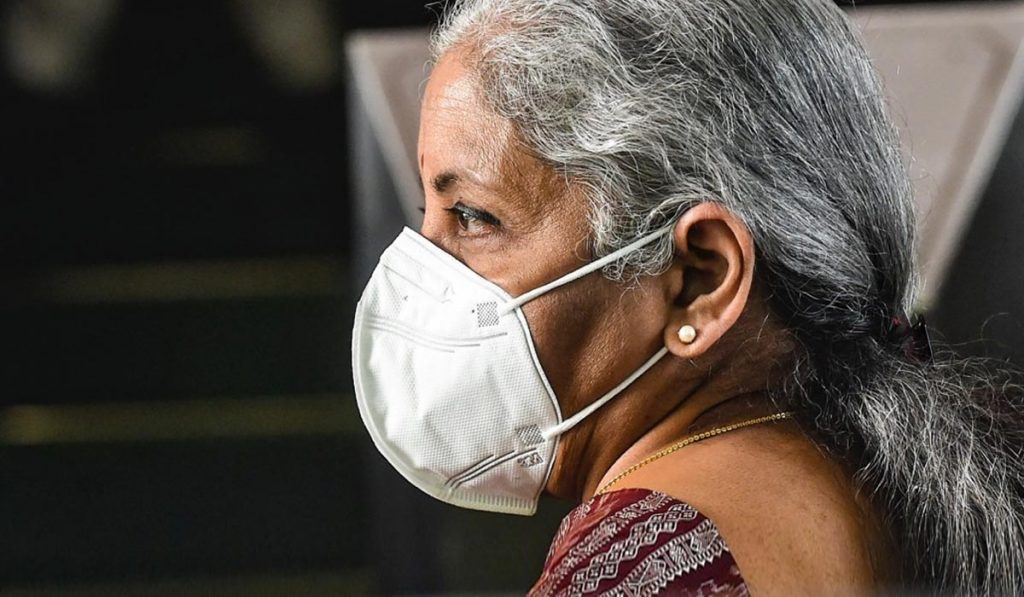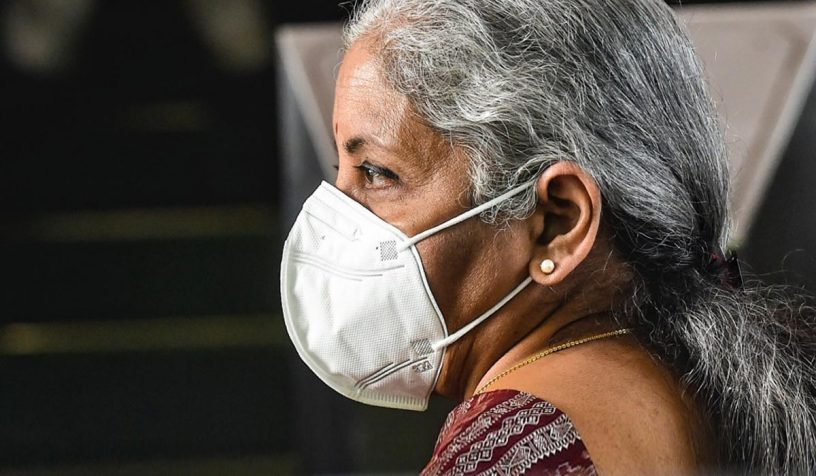
While there is a clear disappointment on the first two areas — job security and social welfare spending — the government’s approach on choosing ‘expansion’ over ‘consolidation’ on the third — fiscal consolidation — seems measured, writes the author.
Author
Deepanshu Mohan, Associate Professor and Director at the Centre for New Economics Studies, Jindal School of Liberal Arts and Humanities, O.P. Jindal Global University, Sonipat, Haryana, India.
Summary
Finance minister Nirmala Sitharaman started the innings of her much-awaited 2022 budget speech by emphasising her macro-fiscal priorities.
Thus, we were treated to terms such as a vision of ‘India at 100’, in areas of ‘inclusive development’, ‘productivity enhancement’, ‘sunrise opportunities’, ‘energy transition’, ‘climate change’ and ‘PM Gati Shakti’.
The PM Gati Shakti Programme identified seven engines of growth: roads, railways, airports, ports, mass transport, waterways and logistics infrastructure. It appears these are the ‘engines of growth’ that the government feels committed to.
To enable a clearer understanding and reading of all key announcements made, it would be better to focus this analysis on three broader areas – job creation-job security, social welfare spending priorities (given the impact seen on vulnerable sections from COVID-19), and in identifying a clear fiscal consolidation plan.
On the first two areas (job security, social welfare spending), there is a clear disappointment.
On the third (fiscal consolidation), the government’s approach on choosing ‘expansion’ over ‘consolidation’ seems measured, but lacks clarity in terms of details on allocative redistribution of additional capex to states, and in enhancing capabilities of states to ‘spend’ and ‘consolidate’ more through the Centre.
Published in: The Wire
To read the full article, please click here.


